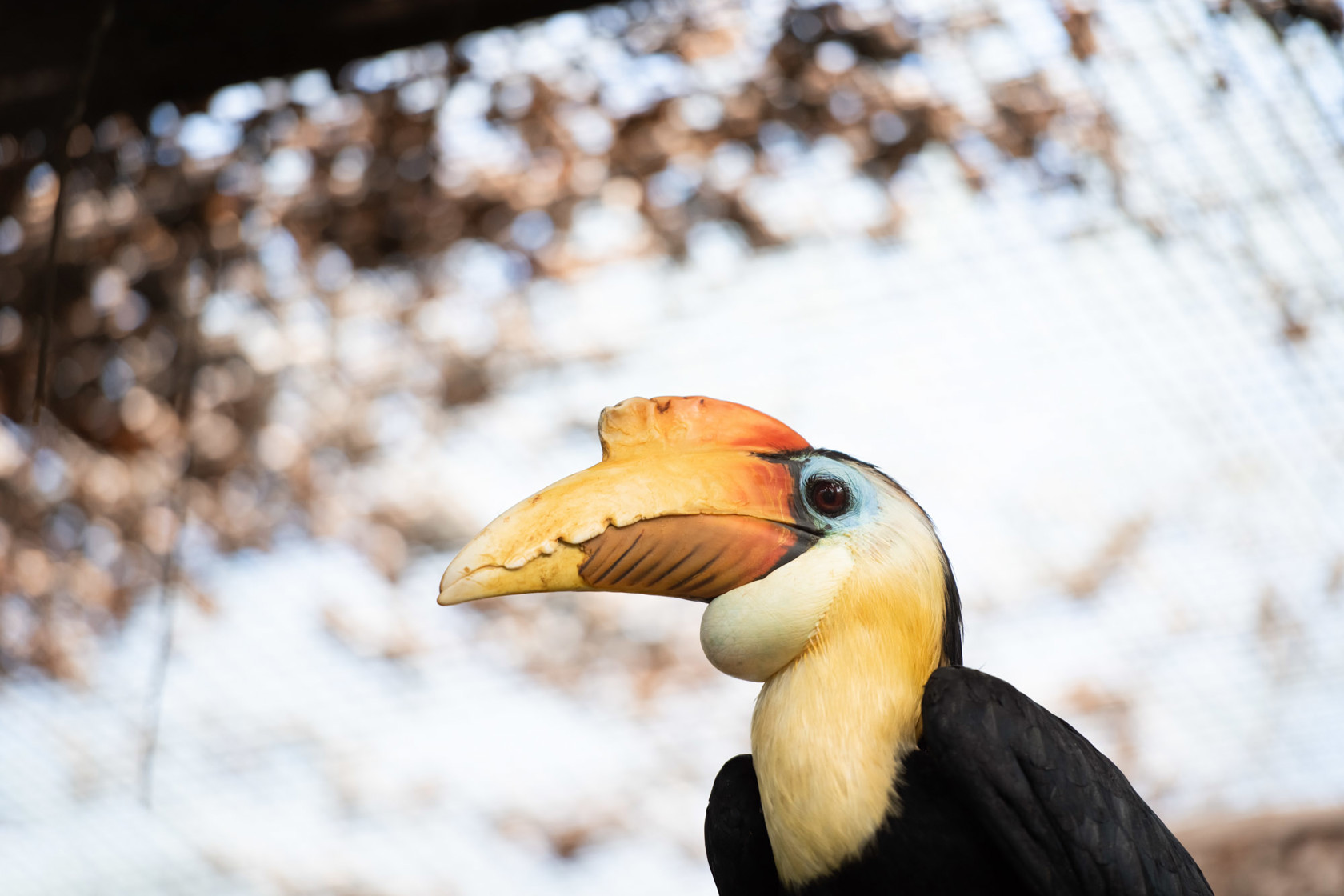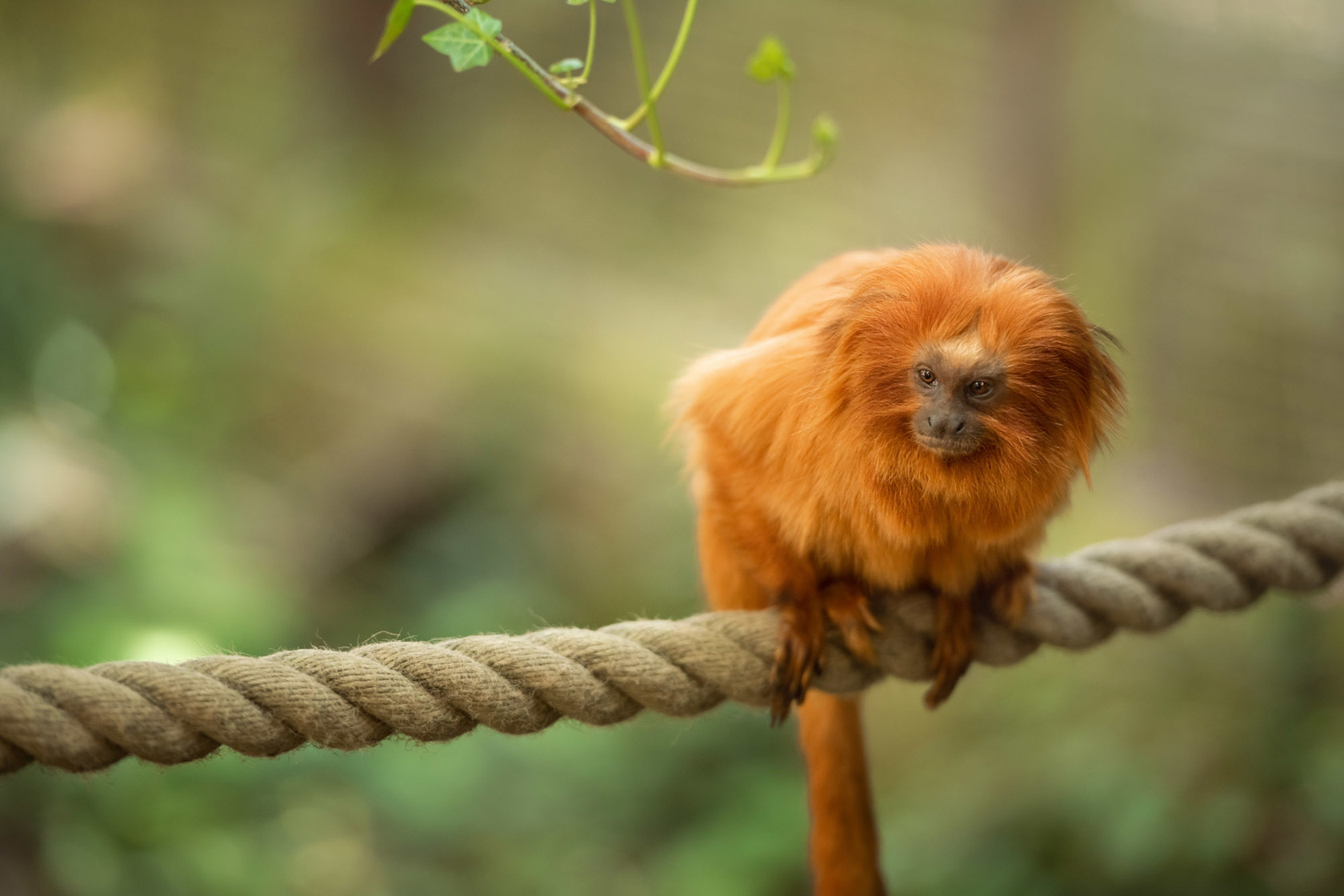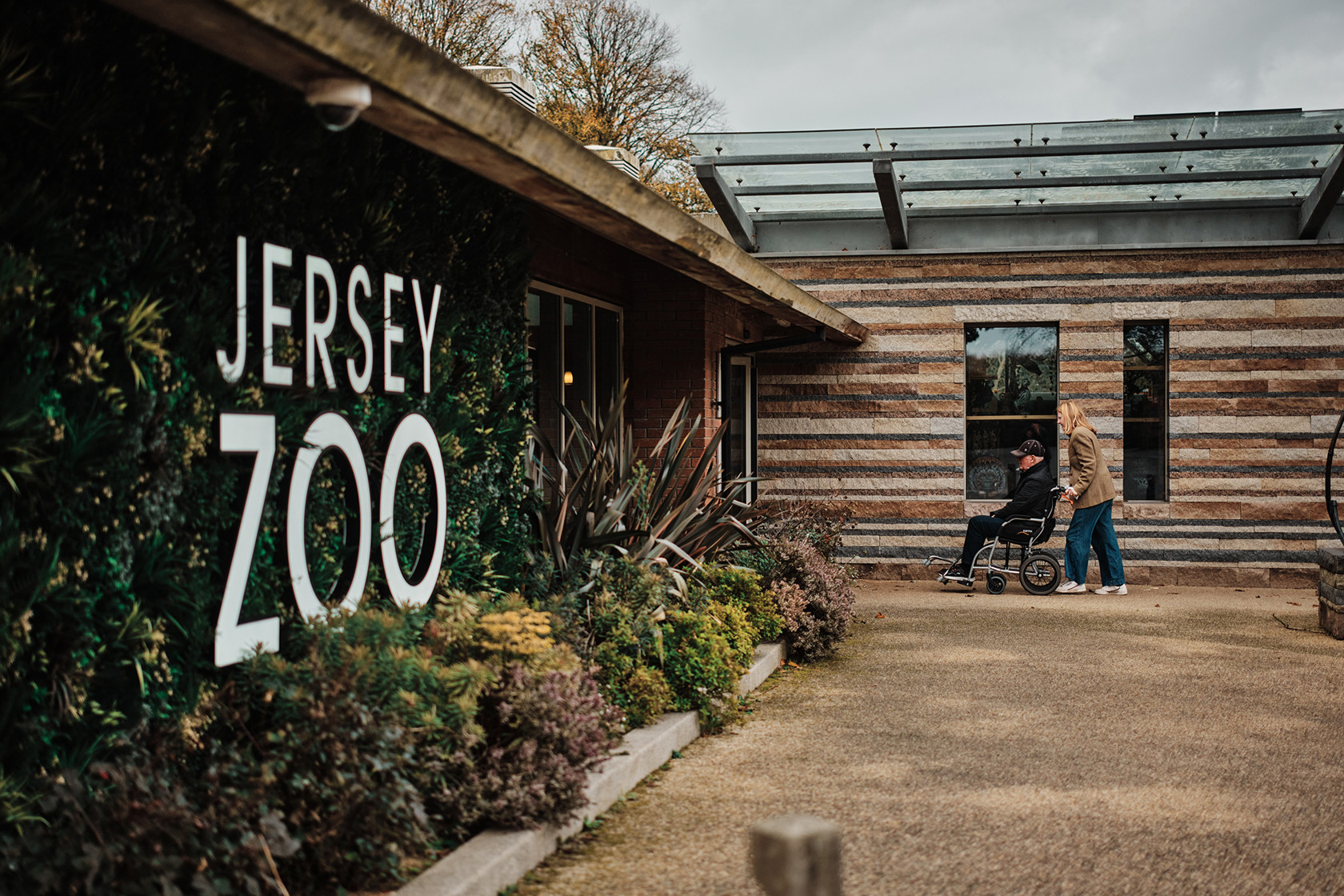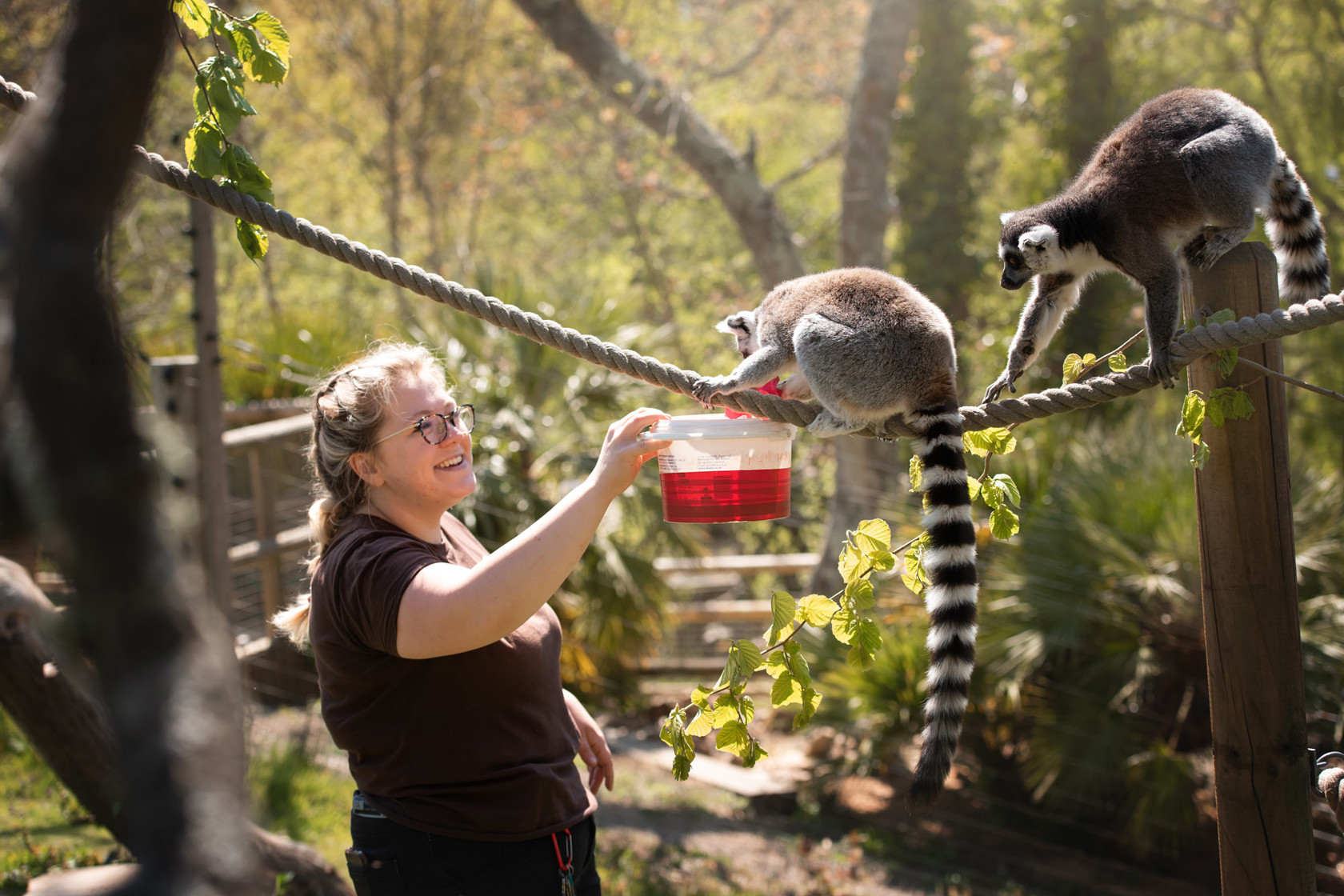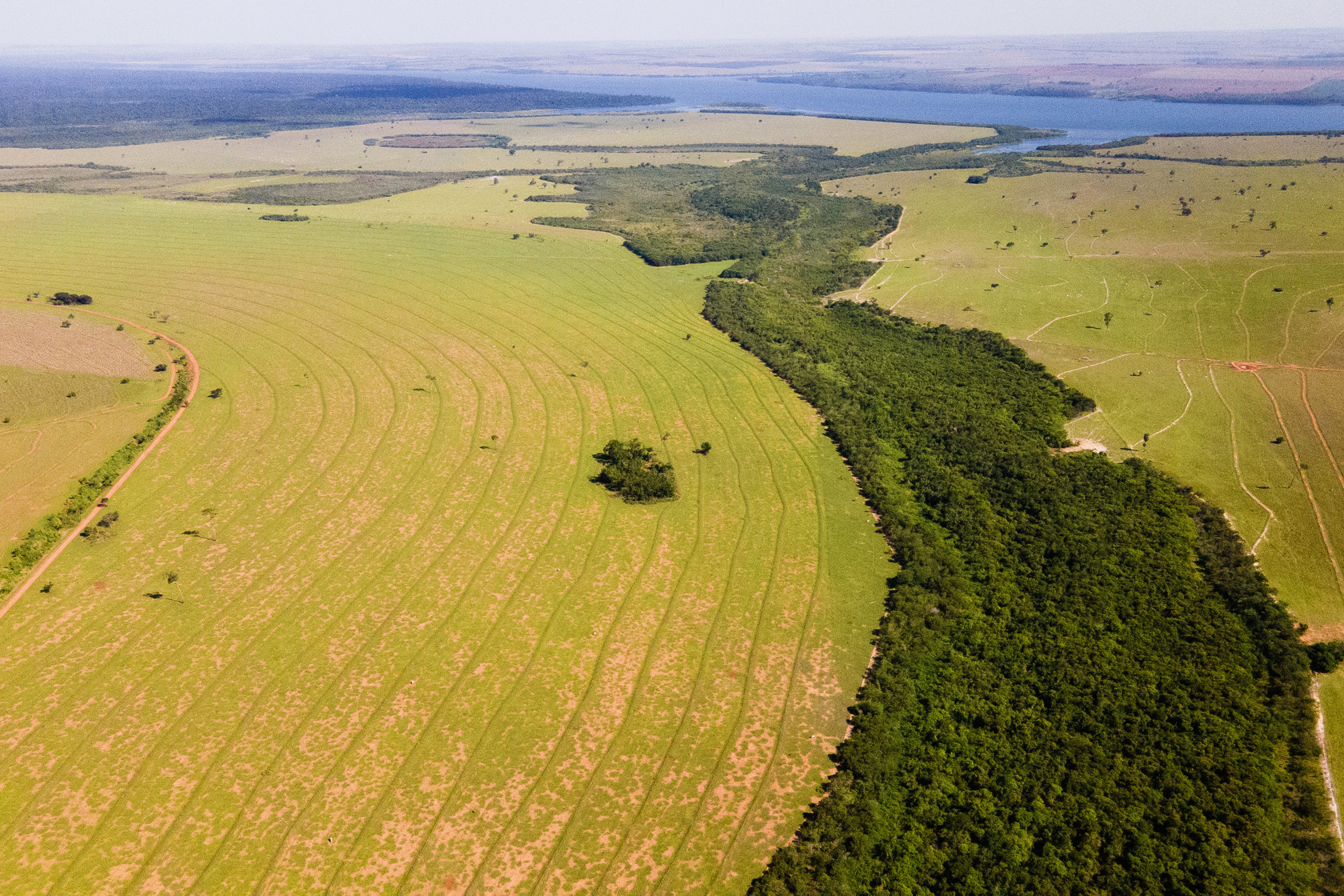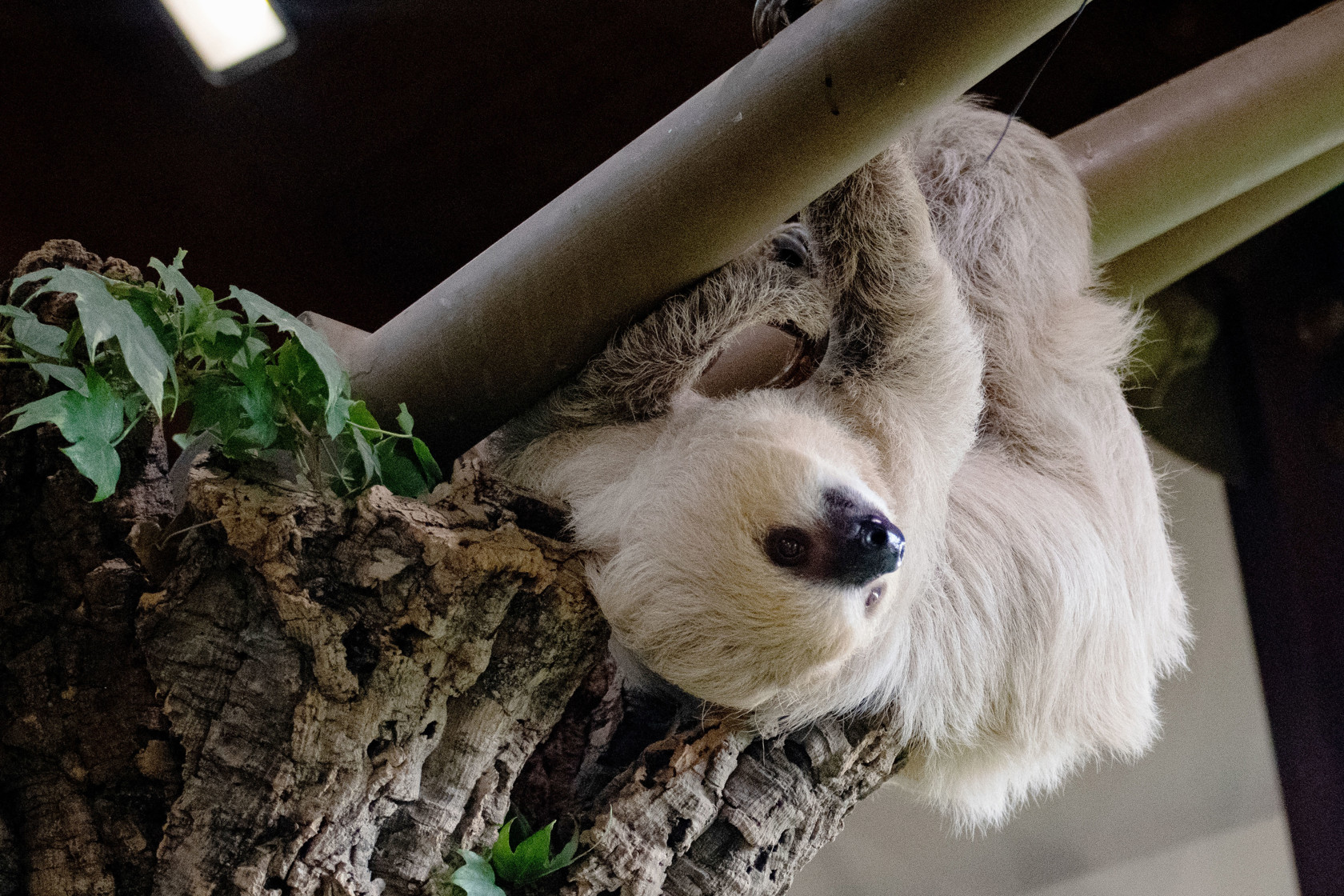As keystone native species, red and roe deer play a vital role in a functioning future ecosystem at Dalnacardoch. They recycle nutrients, disperse tree seeds, contribute to food webs, and create microhabitats through their trampling and wallowing. At sustainable densities, deer grazing shapes vegetation structure and maintains habitat diversity across the landscape. However, when populations become unnaturally high, excessive grazing suppresses plant growth, prevents natural regeneration, and disrupts ecosystem balance - a problem known as hyper-herbivory.
At Dalnacardoch we practice responsible deer management, reducing grazing pressure, to support the regeneration of healthy ecosystems and encourage the natural regeneration of missing native woodlands.
Why is deer management important in Scotland?
Deer management is a high-profile topic in Scotland’s land management and conservation sectors, that combines a variety of environmental, economic, social and cultural issues.
According to government agency NatureScot: “Scotland’s wild deer have no natural predators and need to be managed. This is complex and skilled work which is essential in reducing the environmental and agricultural damage deer cause, helping prevent deer-vehicle collisions and supplying wild venison for food.”
You can read more about deer management in Scotland on NatureScot’s website.
NatureScot is an agency of the Scottish Government, which also addresses the need for deer management on its website and states: “High deer numbers are preventing natural regeneration of woodland, they have a negative impact on carbon sequestration and emissions, and prevent biodiversity restoration and recovery.”
Why is deer management important at Dalnacardoch?
Managing deer is a core part of how the estate operates and vital for achieving our conservation goals. It’s not only important for Dalnacardoch itself, but for the wider deer range across the area. Since Scotland no longer has natural predators like wolves or lynx to keep deer populations in balance, careful management is essential to protect recovering habitats, restore woodlands, and ensure long-term ecological health.
At Dalnacardoch, we take a carefully considered and science-led approach to managing deer, with a focus on supporting biodiversity, improving ecosystem health, and helping nature to thrive. Our work follows best practice guidelines and is always carried out with animal welfare and environmental sustainability at its heart.
How do you work with neighbouring estates?
Deer don’t recognise estate boundaries. They move across the landscape based on seasons, breeding patterns and availability of food. That means managing deer isn’t something we can do in isolation - it has to be done in partnership.
We work closely with our neighbours to coordinate management efforts across the wider deer range through the West Grampian Deer Management Group and in collaboration with the Cairngorms National Park Authority and NatureScot to manage deer populations responsibly and effectively across the region. There’s already a strong sense of collaboration at Dalnacardoch, and we’re building alignment around shared goals like woodland creation and peatland restoration.
Strong relationships with neighbouring estates are central to how we work. We’re committed to open, respectful communication and shared planning to make sure that sustainable deer management is achieved responsibly and effectively across the range.
Many of us are working toward similar outcomes - like restoring peatlands and establishing native woodlands - so there’s a lot of mutual understanding and support. By pooling knowledge and resources, we’re much better placed to meet the challenges of modern land stewardship together.
How does deer stalking fit into conservation work?
Stalking plays a valuable role in Scotland by supporting skilled rural jobs and preserving knowledge that has shaped land management for generations. These skills are essential in helping us meet evolving conservation goals, such as woodland regeneration and peatland restoration.
At Dalnacardoch we are fortunate to have the expertise of a Deer Manager who has worked on the estate for nearly forty years. His knowledge of the landscape and its wildlife is invaluable.
This approach of working hand in hand with local communities and customs, respecting the cultural heritage of an area, is vitally important to conservation success and the same applies to anywhere we work from India and Madagascar to Scotland and Jersey.
Our plan since taking on the lease has always been to transition away from commercial stalking and 2025 is the final season for any paid guests. From November 2025, we will manage deer exclusively via our own team.
How does deer management support your conservation efforts?
At Dalnacardoch, and across all of Durrell’s projects, decisions are based on scientific assessment and ecological need. We only intervene when it’s necessary to protect and restore the natural environment.
We also recognise that traditional deer stalking is part of the cultural heritage of the Highlands. Done responsibly and with respect for the animal and the land, it can go hand-in-hand with conservation. All deer management plans undergo rigorous internal review and must be approved by Durrell staff and independent experts. Regular Herbivore Impact Assessments, which look at the browsing effects on vegetation, along with regular deer counts will inform the levels to which management is undertaken.

